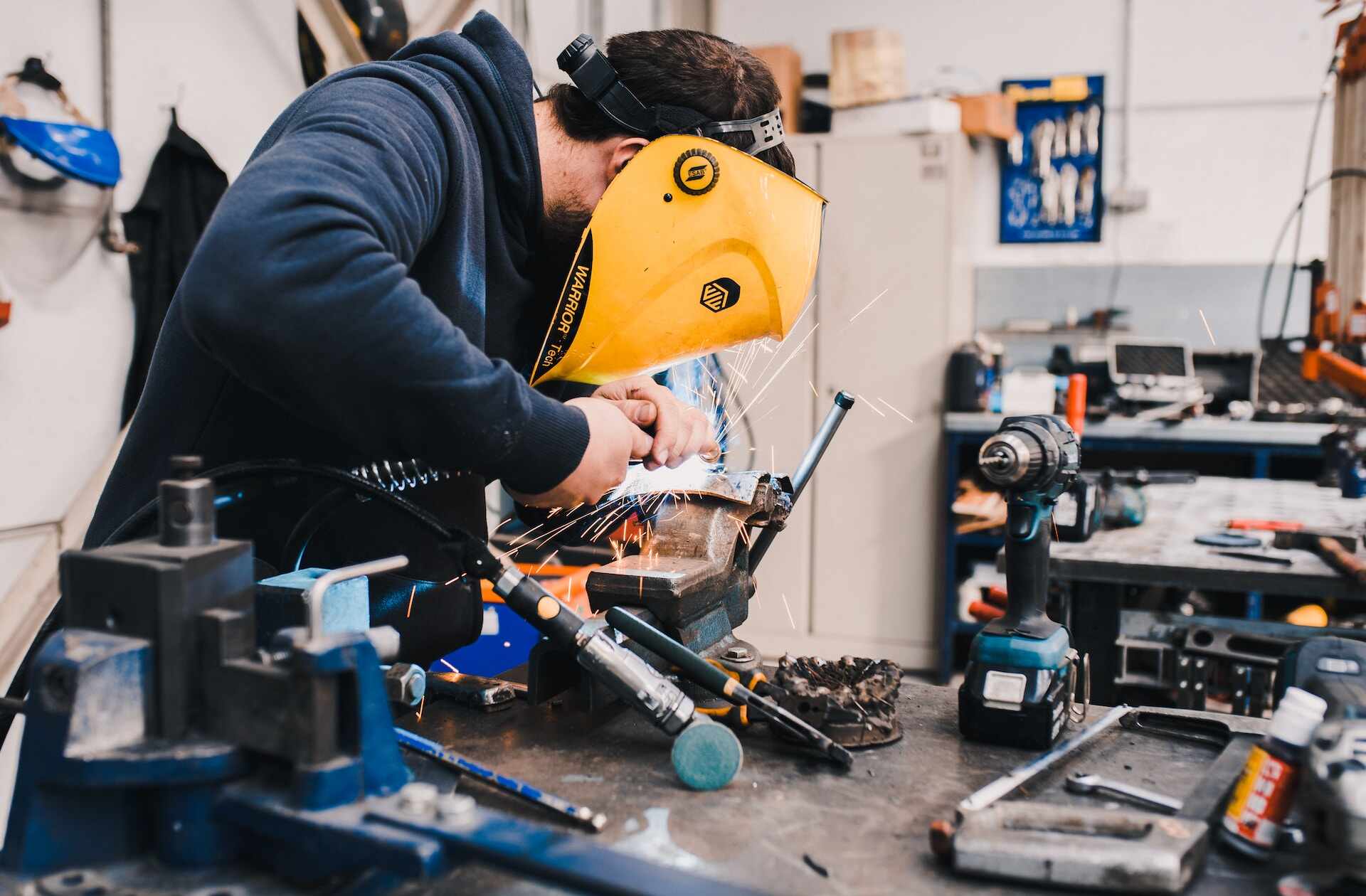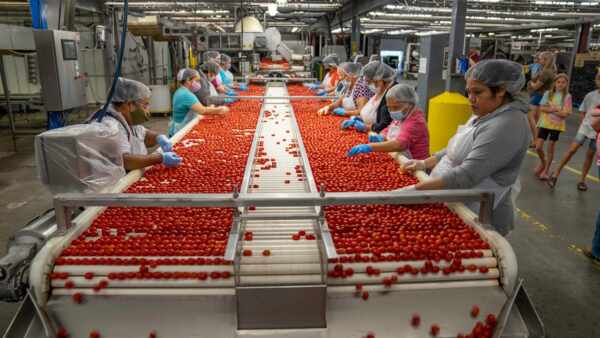Efficient conveyor belt systems are essential for the smooth operation of manufacturing and processing plants. However, these systems can encounter wear and tear over time, requiring proactive maintenance and, in some cases, replacement of belts and components to ensure continued reliability and efficiency. Given the high costs associated with conveyor belt system breakdowns and the potential impact on productivity, making the right decision between replacing or repairing a damaged belt is of utmost importance.
In this article, we’ll discuss the factors to consider when deciding whether to repair or replace a conveyor belt, taking into account operational efficiency, safety, and cost-effectiveness. We’ll also highlight the importance of working with experienced conveyor belt specialists like Change Parts Pty Ltd, who can provide expert guidance and support in making informed decisions to prolong the lifespan of your conveyor belt systems.
By understanding when to repair or replace a conveyor belt, you can maintain your facility’s efficiency, prevent downtime, and ensure the longevity of your conveyor belt systems. Emphasising preventive maintenance and proactively addressing issues, you can optimise your belt system’s lifespan, resulting in long-term cost savings and enhanced productivity for your facility.
Assessing Conveyor Belt Damage: When to Repair
When evaluating a damaged conveyor belt, consider whether repair may be an appropriate solution. In the following scenarios, repairing a conveyor belt could provide effective results and extend its lifespan:
1. Minor ripping and tearing: If your conveyor belt has small tears or rips, vulcanised splicing or cold bond repair can be effective in addressing the damage and restoring the belt to optimal performance.
2. Belt delamination: Delamination occurs when the layers of a conveyor belt separate due to weakened adhesive or excessive tension. Skilled conveyor belt specialists can diagnose this issue and often carry out repair procedures, such as regluing the layers or reinforcing the inner structure.
3. Component wear: Sometimes, the issue lies not with the belt itself but with its components, such as rollers or pulleys. In these instances, it may be more cost-effective to repair or replace these individual components rather than the entire belt.
4. Localised wear: If the belt’s wear and tear are limited to a specific area, experts can splice in a new section of belt material, extending the belt’s lifespan and maintaining system efficiency.
Recognising When Replacement Is Necessary
There are instances in which replacement is the most viable option for a damaged conveyor belt. It’s crucial to recognise these situations, as attempting to repair a severely damaged belt could result in ongoing issues, costly downtime, and even compromising safety. Consider replacing a conveyor belt in the following situations:
1. Severe damage: For belts with extensive damage, such as large rips, multiple punctures, or melting due to exposure to extreme temperatures, repair may not be sufficient to restore the belt’s functionality. In these cases, replacing the belt is the recommended course of action.
2. Recurring issues: If your conveyor belt system consistently experiences issues, even following repair efforts, it may indicate underlying problems or general wear and tear. Continuously repairing a repeatedly failing conveyor belt can be both expensive and time-consuming; replacement may be more cost-effective in the long run.
3. Worn belts: When a belt has exceeded its recommended lifespan or displays significant signs of wear, replacement is advised. Repairing worn belts can be a short-term solution, but a new belt will provide a fresh start and prevent ongoing issues that may arise from a deteriorating belt.
4. Obsolete or discontinued belt types: If your conveyor belt system utilises an obsolete or discontinued belt type, replacing it with a modern, efficient alternative may be the best decision. Newer belts can result in increased efficiency and reduced maintenance requirements.
Factors to Consider When Deciding to Repair or Replace a Conveyor Belt
To make the right decision between repairing or replacing a conveyor belt, it’s essential to weigh up several factors:
1. Cost: Analyse the costs involved in repairing versus replacing a conveyor belt, considering the labour and downtime expenses as well as component costs.
2. Lifespan: Consider the estimated remaining lifespan of the belt after repair. Replacing a belt may yield longer-term benefits if the repaired belt would need replacement shortly after the repair.
3. Safety: Always prioritise safety when deciding between repair and replacement. Assess the potential risks associated with continuing to use a damaged belt and whether repairs can adequately mitigate these risks.
4. Downtime: Consider the extent of downtime required for repair versus replacement and how these timeframes will impact your facility’s operation, productivity, and profitability.
Conclusion
Choosing whether to repair or replace a conveyor belt is a critical decision that can influence the efficiency, safety, and longevity of your facility’s conveyor belt systems. By considering the extent of the belt’s damage, assessing the costs of repair or replacement, and taking into account factors such as downtime, safety, and the belt’s remaining lifespan, you can make an informed decision that best suits your facility’s operational requirements. Partnering with conveyor belt specialists like Change Parts Pty Ltd will provide you with expert advice and tailored solutions for making these critical decisions and ensuring the optimal performance of your conveyor belt systems.
Don’t let a worn-out conveyor belt slow down your operations. At Change Parts Pty Ltd, we offer expert advice on whether to replace or repair your conveyor belts. As one of the leading belt manufacturers in Australia, we provide high-quality replacements and repair services to keep your production lines running smoothly.




